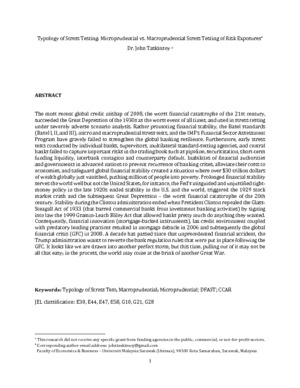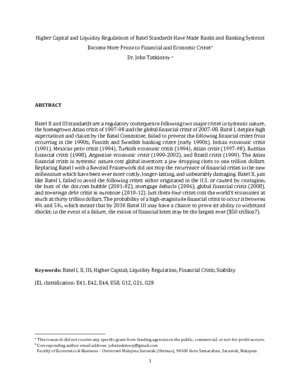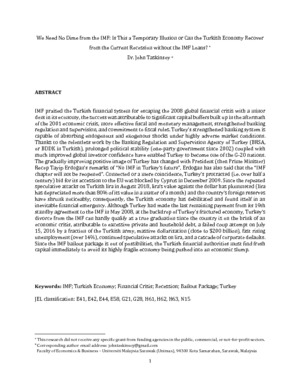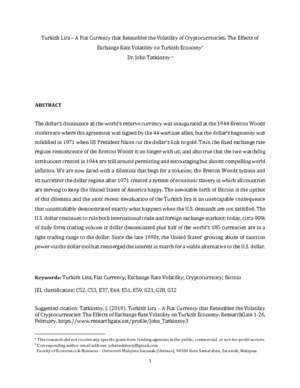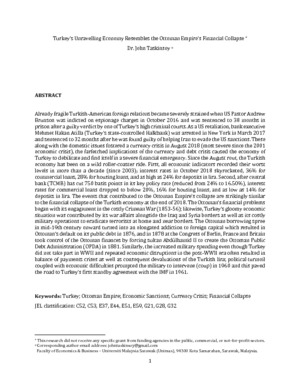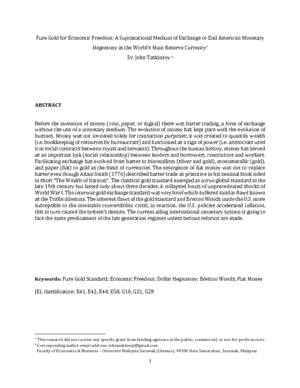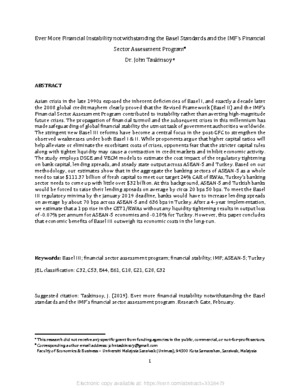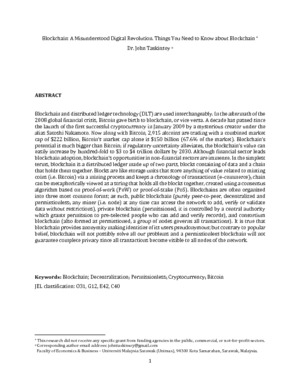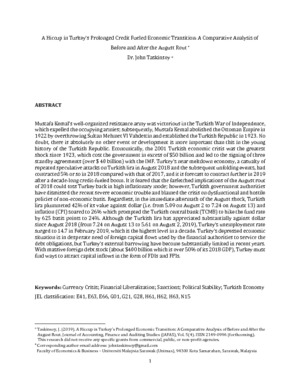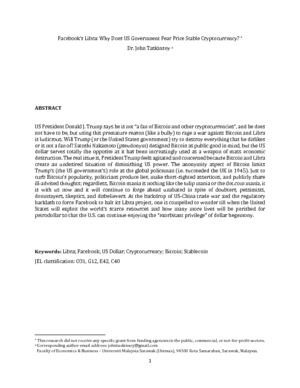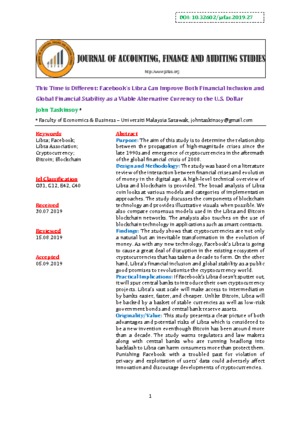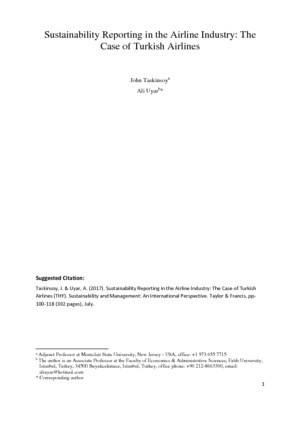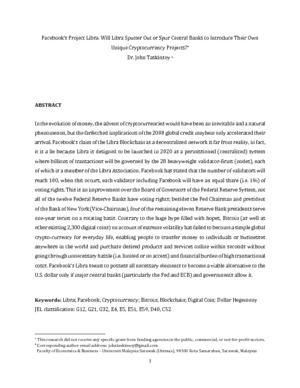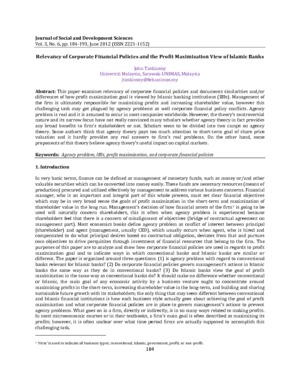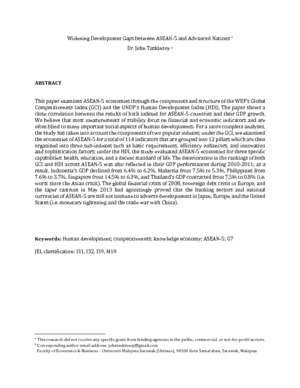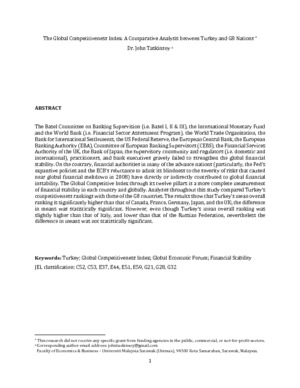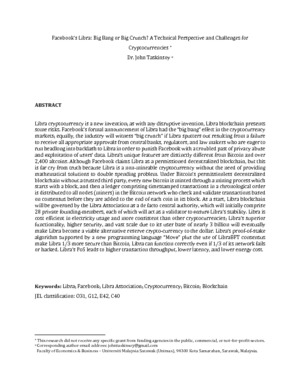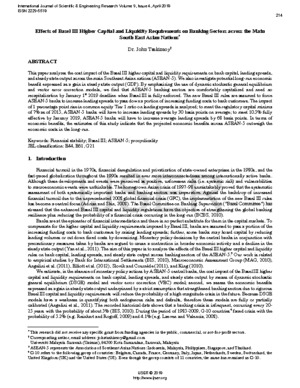- Suggested keywords :
- collection(2)
- landmasses(1)
- history(6)
- isolate(1)
- mysterious(1)
List of Categories and SubCategories
Change Your Picture

Stress Testing Made Easy: No More Us Banks Stumbling And Facing Public Embarrassment Due To The Federal Reserve’s Qualitative Objection
JOHN TASKINSOY
VIEWS
1398
INFO
more

- Category : Business
- Size : 722791
- By : JOHN TASKINSOY

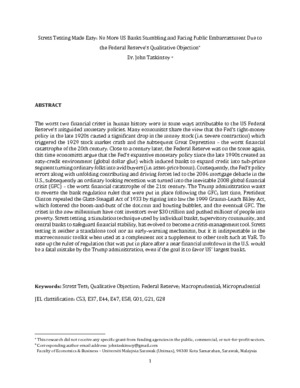

Using Your Google Account
Google Login/Sign up
OR
Recover Your Password
Abstract
The worst two financial crises in human history were in some ways attributable to the US Federal Reserve’s misguided monetary policies. Many economists share the view that the Fed’s tight-money policy in the late 1920s caused a significant drop in the money stock (i.e. severe contraction) which triggered the 1929 stock market crash and the subsequent Great Depression – the worst financial catastrophe of the 20th century. Close to a century later, the Federal Reserve was on the scene again, this time economists argue that the Fed’s expansive monetary policy since the late 1990s created an easy-credit environment (global dollar glut) which induced banks to expand credit into sub-prime segment turning ordinary folks into avid buyers (i.e. asset-price boom). Consequently, the Fed’s policy errors along with unfolding contributing and driving forces led to the 2006 mortgage debacle in the U.S., subsequently an ordinary looking recession was turned into the inevitable 2008 global financial crisis (GFC) – the worst financial catastrophe of the 21st century. The Trump administration wants to reverse the bank regulation rules that were put in place following the GFC; last time, President Clinton repealed the Glass-Steagall Act of 1933 by signing into law the 1999 Gramm-Leach Bliley Act, which fostered the boom-and-bust of the dot.com and housing bubbles, and the eventual GFC. The crises in the new millennium have cost investors over $30 trillion and pushed millions of people into poverty. Stress testing, a simulation technique used by individual banks, supervisory community, and central banks to safeguard financial stability, has evolved to become a crisis-management tool. Stress testing is neither a standalone tool nor an early-warning mechanism, but it is indispensable in the macroeconomic toolkit when used as a complement not a supplement to other tools such as VaR. To ease up the rules of regulation that was put in place after a near financial meltdown in the U.S. would be a fatal mistake by the Trump administration, even if the goal is to favor US’ largest banks.
Recommended Papers


